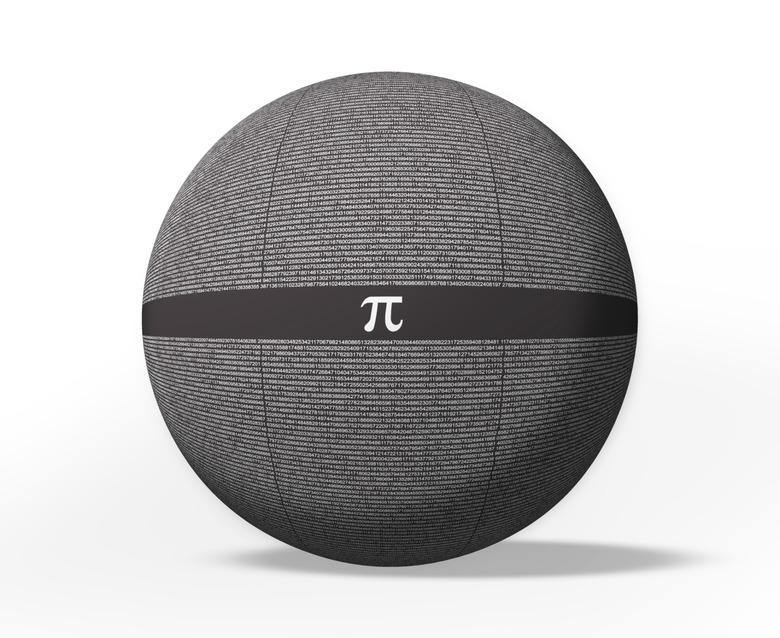How To Calculate The Area & Circumference Of A Circle
Students beginning geometry can expect to encounter problem sets that involve calculating the area and circumference of a circle. You can solve these problems as long as you know the circle's radius and can do some simple multiplication. If you learn the value of the constant π and the basic equations for a circle's properties, you can quickly find the area or circumference of any circle.
Determining the Radius
Determining the Radius
Calculating either the circumference or area of a circle requires knowing the circle's radius. A circle's radius is the distance from the center of the circle to any point on the edge of the circle. Radius is the same for all points on a circle's edge. One of your problems might give you diameter instead of radius and ask you to solve for area or circumference. A circle's diameter is equal to the distance across the center of the circle, and is equal to the radius times 2. So, you can convert diameter to radius by dividing the diameter by 2. For example, a circle with a diameter of 8 has a radius of 4.
Defining Pi
Defining Pi
When you are doing calculations involving a circle, you frequently use the number π, or pi. Pi is defined as being equal to the circumference of a circle — the distance around that circle — divided by its diameter. However, you don't need to memorize this formula when working with π, since it is a constant. The value of π is always the same, 3.14.
You should know that 3.14 is an approximation. The complete value of pi can stretch for an infinite number of digits to the right of the decimal point (3.14159265 ... and so on). However, 3.14 is a good enough approximation for most calculations. If you're unsure how many digits of π you should use, consult your teacher.
Calculating Circumference
Calculating Circumference
As noted above, the circumference of a circle is the length of the line around the edge of the circle. A circle's circumference, c, is equal to twice its radius, r, times π. This can be expressed as the following equation:
c = 2πr
Since π is 3.14, this can also be written as
c = 6.28r
To calculate circumference, then, you multiply the circle's radius by 6.28. Take a circle with a radius of 4 inches. Multiplying the radius by 6.28 give you 25.12. So the circle's circumference is 25.12 inches.
Calculating Area
Calculating Area
You can also calculate the area of a circle using the circle's radius. The area of a circle is equal to π times the radius squared. Remember that any number squared is equal to that number multiplied by itself. So area, A, can be found using the following equation:
A = πr^2 or A = π x r x r
Say you're trying to calculate the area of a circle with a radius of 3 inches. You would multiply 3 times 3 to get 9, and multiply 9 times π. Remember that π is equal to 3.14. Also note that when you multiply inches by inches, you get square inches, which is a measurement of area instead of length.
A = π x 3 ins x 3 ins A = 3.14 x 9 sq ins A = 28.26 sq ins
So the circle has an area of 28.26 square inches.
Cite This Article
MLA
Zamboni, Jon. "How To Calculate The Area & Circumference Of A Circle" sciencing.com, https://www.sciencing.com/calculate-area-circumference-circle-7274267/. 24 April 2017.
APA
Zamboni, Jon. (2017, April 24). How To Calculate The Area & Circumference Of A Circle. sciencing.com. Retrieved from https://www.sciencing.com/calculate-area-circumference-circle-7274267/
Chicago
Zamboni, Jon. How To Calculate The Area & Circumference Of A Circle last modified August 30, 2022. https://www.sciencing.com/calculate-area-circumference-circle-7274267/
